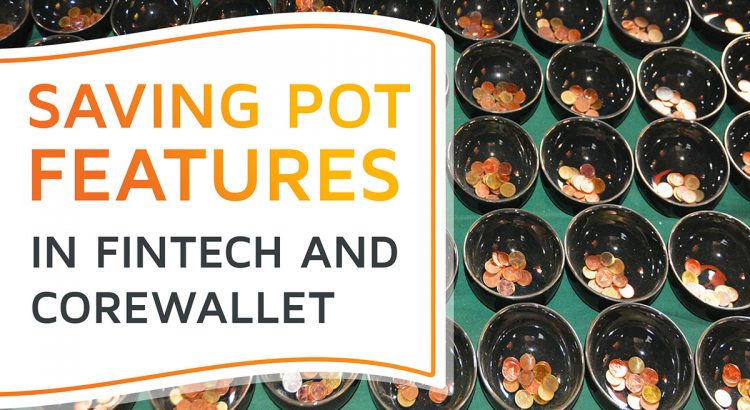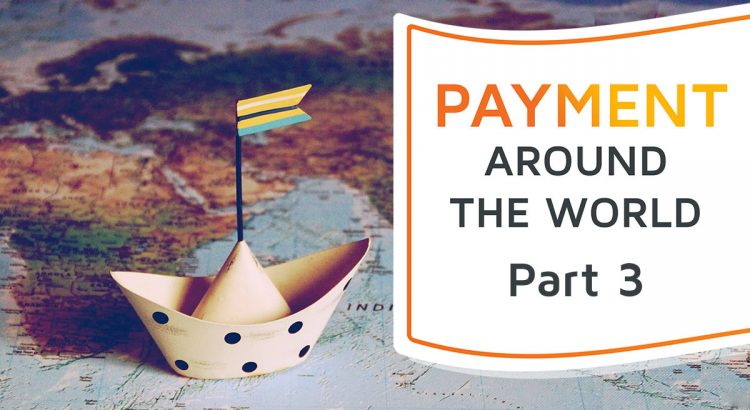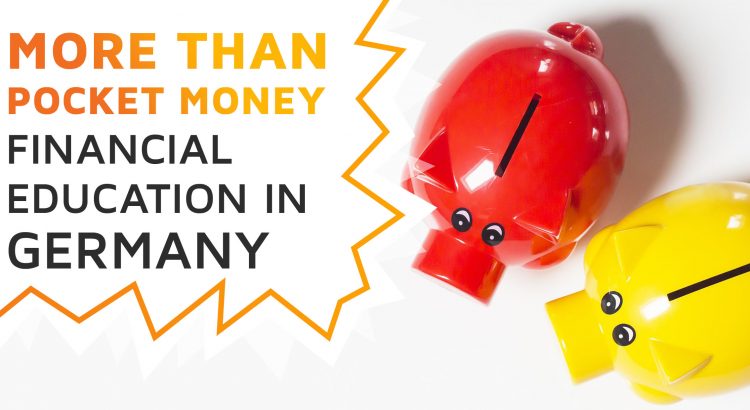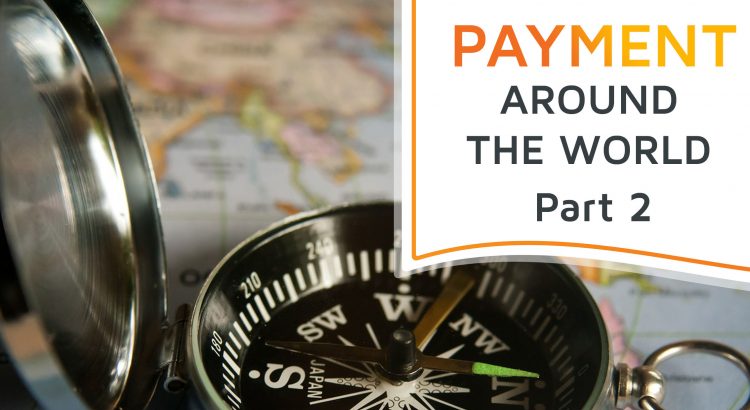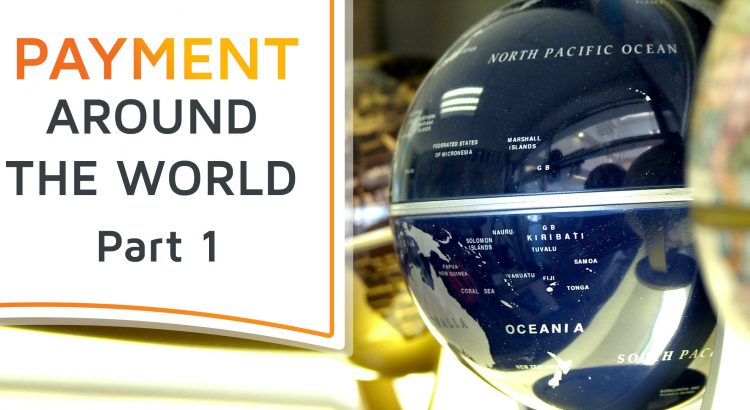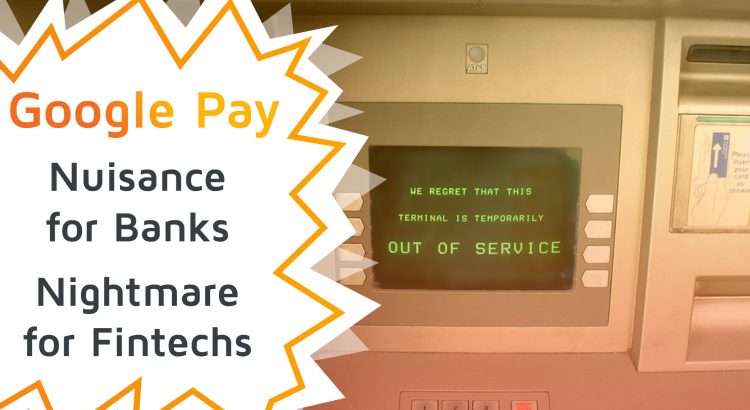This article was published on April 15, 2019.
But since the payment landscape is constantly evolving, we wrote a new article based on research not available at the time of the creation of this article.
You can read the new article here. Please consult it, if you want an updated overview of payment methods around the world:
A Voyage Through the World of Payment Methods: How Customers Pay
Enjoy your reading!
USA, Canada, Australia, China
When exploring the payment preferences of the world, you have to go places. In the first part of our article series, those places were Europe, Russia, Latin America, and Africa.
The takeaway: Hard cash dies hard in many parts of the world like Germany, Hungary, Russia, and Brazil. But digital payment services have taken up the fight. They give new options to emerging countries with vast numbers of unbanked people. Mobile access to finances and digital-only money accounts help integrate the unbanked, so they can become proactive contributors to the financial system.
But it’s a large world with a great number of payment landscapes still waiting to be sketched. In this article, we will take a good look at the clashing fintech forerunners USA and China, as well as Canada and Oceania. So, let’s go!
Read More


